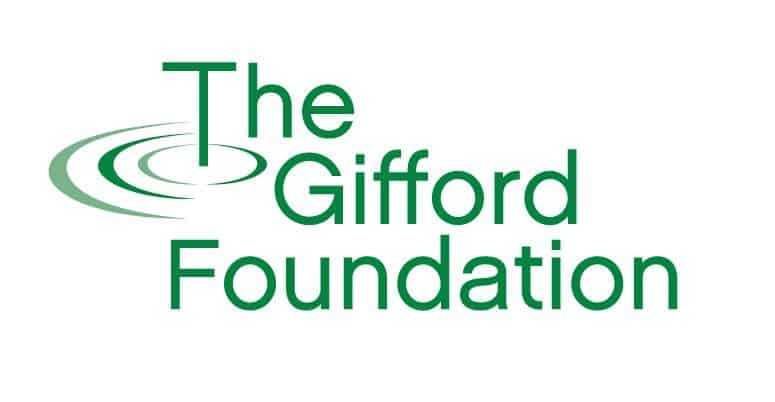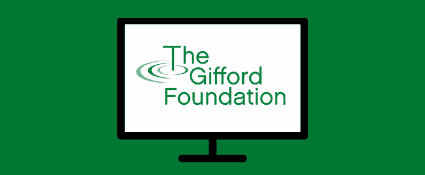
How Nonprofits Can Earn a Profit
The MOST and The Rosamond Gifford Zoo are two examples of organizations who have found that earning revenue and expanding their services can go hand in hand.
Published November 9th, 2021
Many nonprofit organizations raise their eyebrows when you suggest that they could benefit from thinking more like a business. Immediately, many of the worst stereotypes of the corporate world come to mind – usually in the form of valuing money over people. But this does not have to be the case: from our seat as a funder, we have seen many examples of organizations who have built revenue streams that actually lead to better experiences for their audiences and a higher level of service. We sat down with Lauren Kochian of The Museum of Science and Technology (MOST) and Carrie Large of Friends of the Rosamond Gifford Zoo to learn about how they have navigated these challenges to build more sustainable and effective organizations.
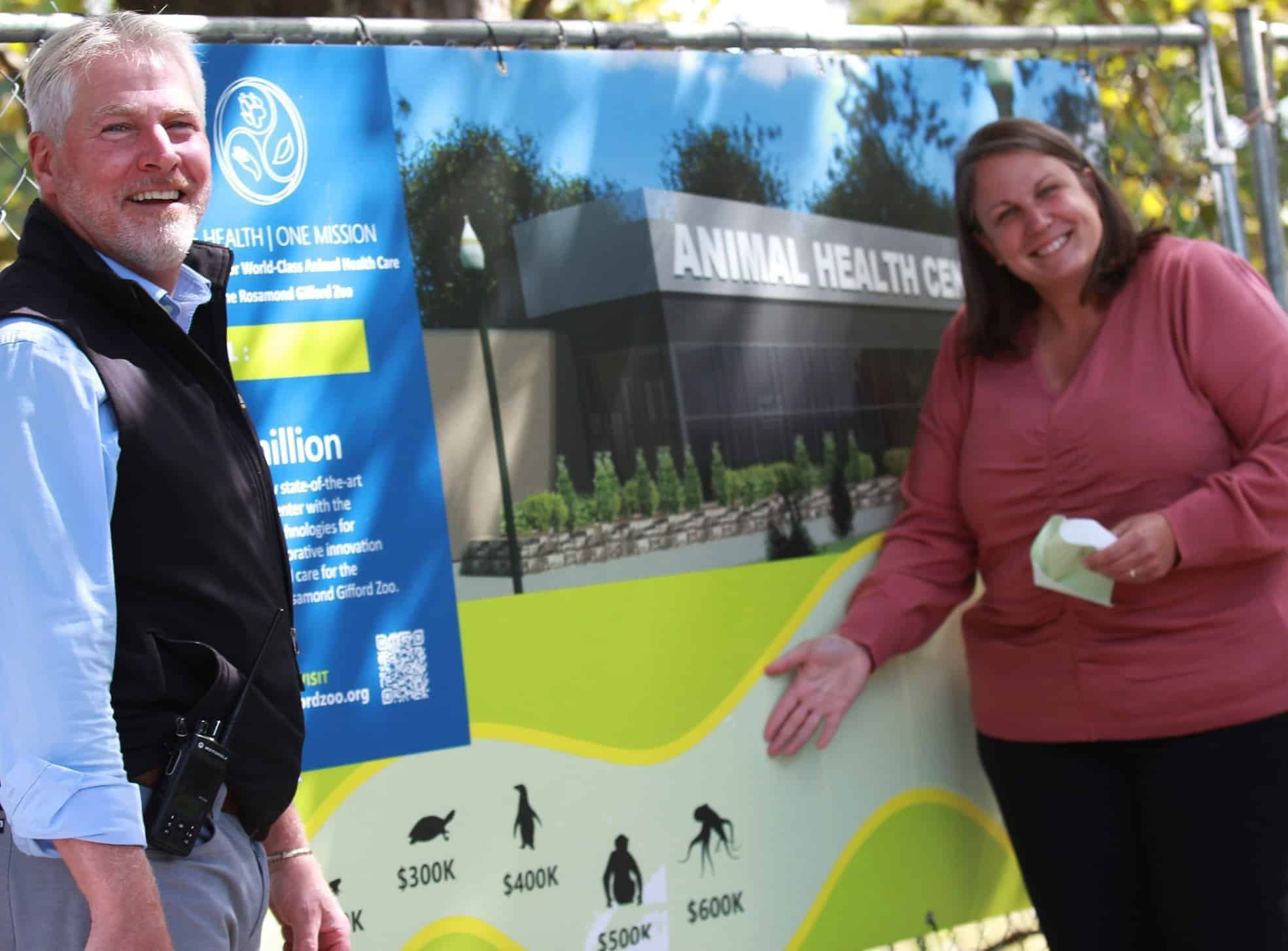
The Zoo
Come for the animals, stay for the food. Executive Director Carrie Large is taking the Zoo’s catering the next level while also expanding tech infrastructure. Despite the high upfront investment, she is betting that an enhanced guest experience will drive future profits and grow its visitor base beyond anything they have seen before.
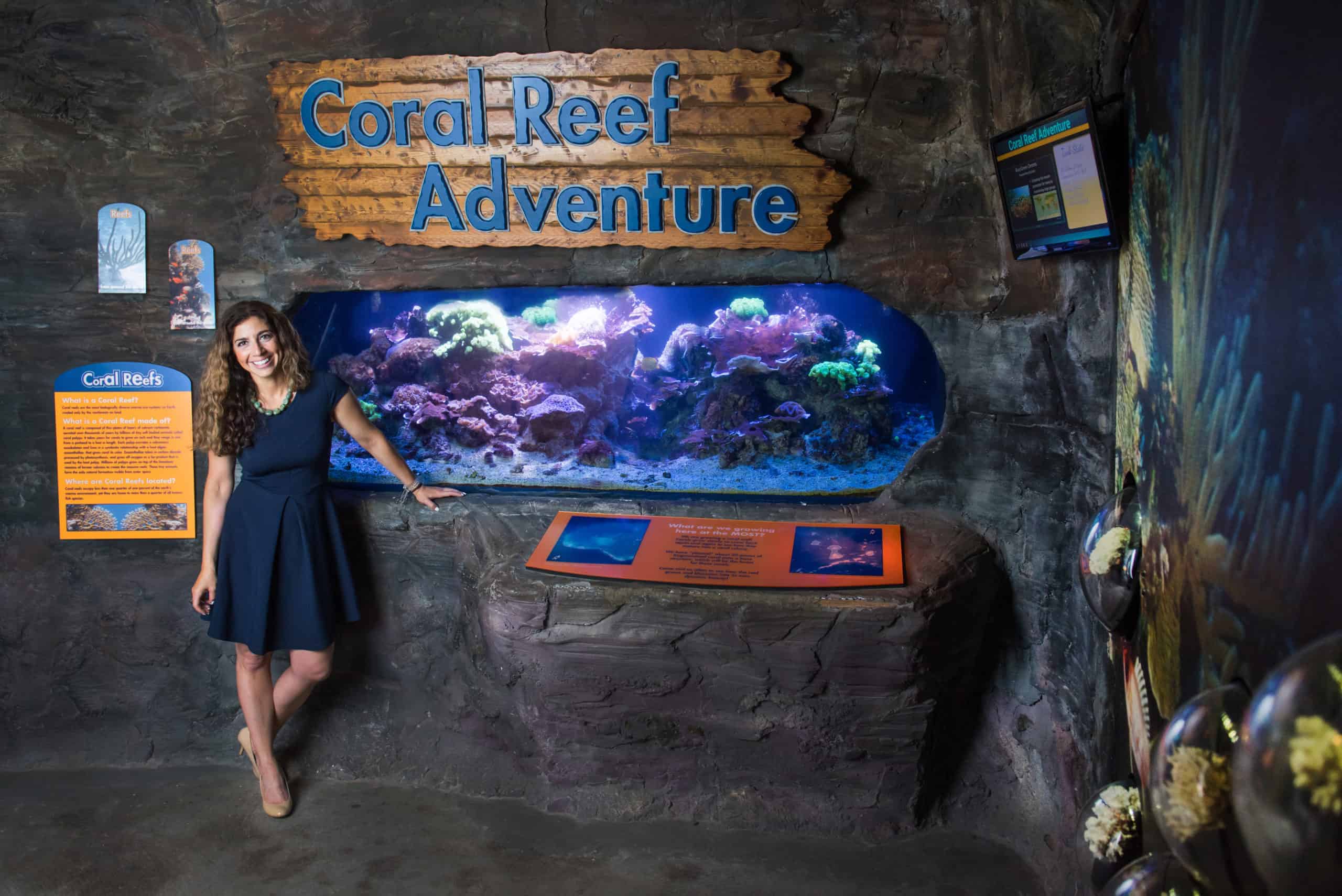
The MOST
President Lauren Kochian is generating community investments to help turn their famous IMAX omni-theater from a financial burden to an economic driver. Together with strategic partnerships with other CNY companies and institutions, she foresees this change elevating the MOST “into a different bracket”.
“When we increase revenue, we can increase experiences,” says Executive Director Carrie Large. She had worked at ACR Health for 17 years before taking on her role at the Zoo in 2020. “Yes, the animals draw people in. But we want the food and beverages to draw people in too – we want you to be craving whatever we’re putting out there.” Under her leadership, the Zoo has reinvigorated their catering services and begun a multiyear process of updating their tech infrastructure. When complete, guests will be able to go online to order freshly prepared meals before even arriving at the Zoo. They will also be able to use QR codes to preorder while walking throughout the grounds so that their meal is ready when they arrive back at the dining area. Automatic push notifications cued by location detection will also alert visitors about attractions and other services as they walk throughout the Zoo.
To create the infrastructure for these new systems, the Zoo is expanding their onsite internet. Currently, there is limited cell services and no public WI-FI available. “With the funding that we are getting from Gifford, we are going to be able to have [Wi-Fi] access throughout the whole zoo,” says Large. This will not only be a boon to visitors, but will also help Zoo employees stay connected as they move throughout the facility.

Food at the Zoo has been elevated to a gourmet level, and new point-of-sale software will allow for visitors to pre-order meals from their smart devices at any time.
In addition to the virtual point-of-sale systems for food ordering, Large anticipates that their tech investments will bring in revenue in other ways. For example, they are planning a campaign to launch company “Work from The Zoo” memberships to businesses across Syracuse. “Team morale and work-life balance are really important to everyone right now,” says Large. “So an HR director can say to a stressed-out employee – ‘Hey, why don’t you go work at the Zoo today?’ or ‘why don’t you take your family to the Zoo this weekend?’” Large has taken note of the growing popularity of remote work and increased investments by employers into their employees’ mental health, and hopes to position the Zoo to benefit from these trends.
Lauren Kochian, President of The MOST, has also set her sights on building a more financially sustainable future for the museum. For her, inspiration came as she considered the future of their IMAX theater. It is no secret that the massive screen famous for transporting audiences to new worlds has been one of the most famous offerings of the MOST since the theater was built in 1997. In fact, the domed IMAX omni-theater is the only one of its kind in the entire State of New York.
Yet the theater has also been the source of many problems as the nearly 25-year-old technology became increasingly obsolete. “It’s very expensive to print an analogue film,” says Kochian. “It’s very expensive to ship an analogue film. As a result, the royalty models just didn’t really work in our favor.” Analogue theaters have been closing down across the nation for years, and the restrictions caused by the COVID-19 pandemic put the final nail in the coffin in terms of earned revenue.
Kochian and her team began reconsidering ways in which they might reinvigorate the on-screen entertainment portion of their museum. “We knew that not only was our IMAX theater popular when we had a lot to offer, but also we had a 50-seat planetarium that was selling out every weekend.” They realized that upgrading their theater from analogue to digital would enable the MOST to not only vastly increase the IMAX film options available for screening but would also allow them to project their popular planetarium shows in the larger space. The only problem? An extremely high up-front cost of upgrading the theater.
The MOST began working on a fundraising campaign in 2020 and formally launched it in the beginning of 2021. “The community response has been great,” says Kochian. “It’s a $2.5 million project and we are more than halfway to our fundraising goal.” Their cohort of donors has included both grassroots support from individual donors as well as contributions from private businesses and foundations like Gifford. Once complete, they anticipate earning nearly $500,000 annually in gross ticket sales and serving between 40,000 and 50,000 attendees per year. “We believe that our ticket sales in the second year of the theater’s re-opening will push the MOST into a different bracket in terms of our budget.” This added financial security will make it easier for them to continue offering free or reduced programming to children from low-income families.
Kochian knows better than to chalk up their fundraising success up to plain luck. She explains that the intentionality and planning behind the new theater’s business model gives confidence to prospective donors. They can clearly understand why it is important and why their investment will bear fruit down the road.
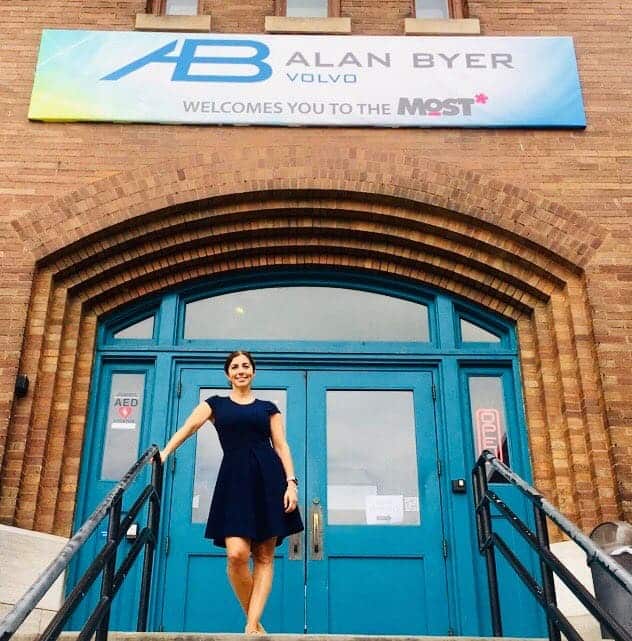
Lauren Kochian is the President of the Milton J. Rubenstein Museum of Science and Technology. Over the course of her tenure, she has taken an active approach to building lucrative partnerships and improving the Museum’s financial sustainability.
Finally, it directly aligns with The MOST’s overall mission as an organization. “We had a strategic plan back in 2019 and we reframed our mission statement to make it really more of a North Star,” says Kochian. “A more direct way of saying ‘this is who we are and this is how we do it’ and that really helped inform our decision making.”
Kochian knows better than to chalk up their fundraising success up to plain luck. She explains that the intentionality and planning behind the new theater’s business model gives confidence to prospective donors. They can clearly understand why it is important and why their investment will bear fruit down the road. Finally, it directly aligns with The MOST’s overall mission as an organization. “We had a strategic plan back in 2019 and we reframed our mission statement to make it really more of a North Star,” says Kochian. “A more direct way of saying ‘this is who we are and this is how we do it’ and that really helped inform our decision making.”
Clearly defining their mission around educating new generations about science has not only helped guide internal decision making – it has also facilitated new alliances with likeminded community partners. “In our community, you have a tremendous STEM industry between the hospitals and the engineering firms, and Amazon who is new to the area but uses robotics for everything,” explains Kochian. “STEM education is particularly important to fill those jobs and the MOST has been a beneficiary of that.” For example, one or more of these companies might sponsor a summer program which can then be offered for free to participants while also earning revenue for the museum.
The MOST’s “National Grid Science Learning Partnership” is a great example of this: nearly 6,000 Syracuse City School District students are brought to the museum for a host of learning opportunities including hands-on experiments that relate to their in-class lessons. In one example, students visiting The MOST are taught to extract DNA from fruit at the same time that they are learning about the structure of DNA at school. This program is offered for free to all students, and raises revenue for the museum through its many sponsors which include National Grid, Carrier, and the SCSD, among others. By finding natural allies who benefit long-term from the work they do, The MOST has begun building a broader network of professional and financial support.
Both The Rosamond Gifford Zoo and The MOST have thought creatively about how investments in technology can make service delivery more efficient and exciting for their public. They have also carefully considered ways in which their own missions intersect with other community partners, and leveraged these shared priorities into rewarding partnerships. Finally, they have found ways to upgrade existing services and systems in ways that provide a higher quality product to the community while building a more financially sustainable future.
Subscribe to the Gifford Newsletter
Start enjoying our free quarterly publication today.
